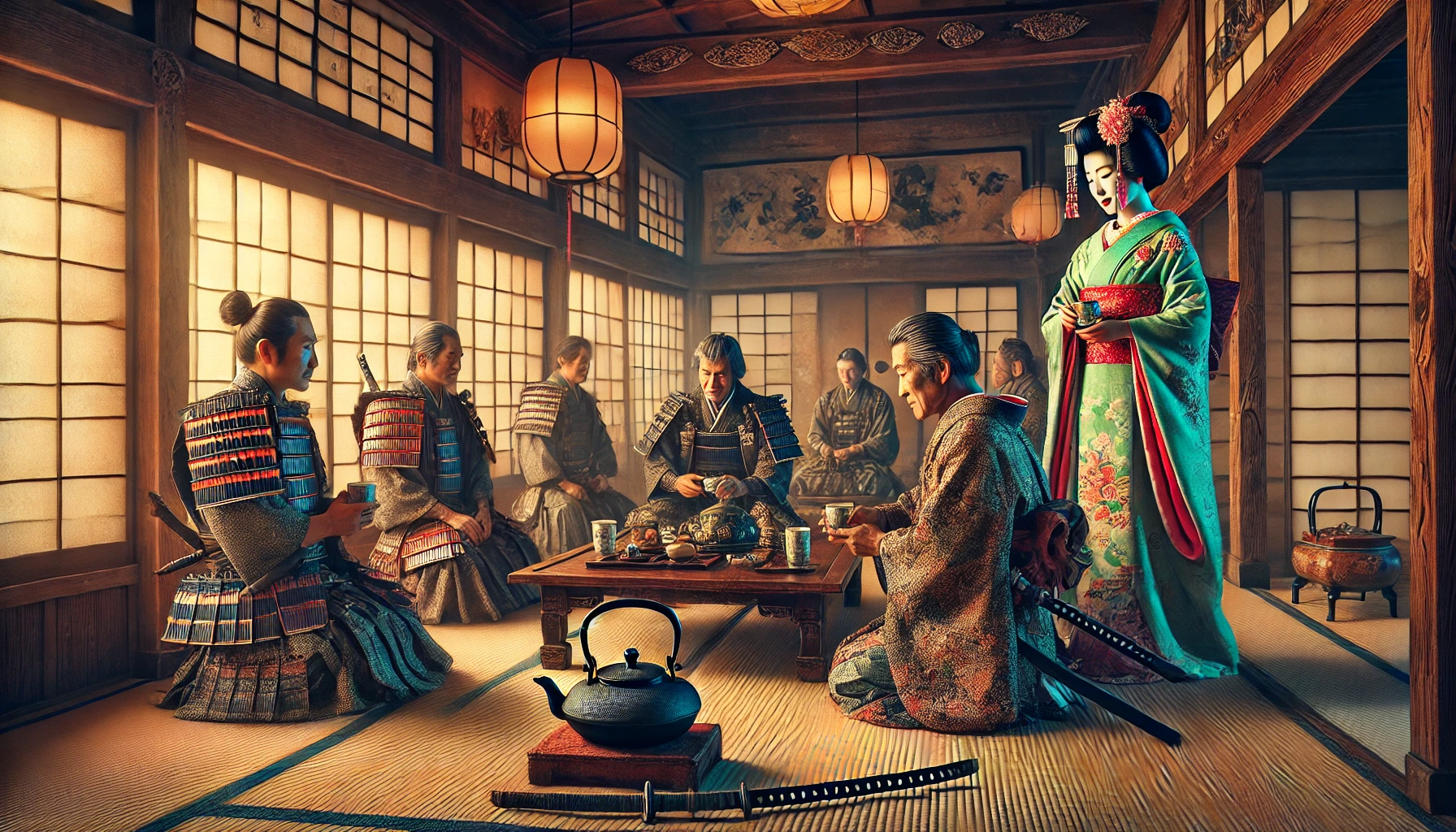The Fall of the Samurai marks one of the most profound transitions in Japanese history, representing the end of a centuries-old feudal system and the birth of a modern, industrialized state.
It was during the Meiji Era (1868–1912) that Japan underwent sweeping reforms that would dismantle the power of the samurai class, reshaping the nation’s political, social, and economic structure.
This article explores the factors behind this monumental change, the role of the Meiji Era reforms, and the valuable lessons this period offers for societies navigating significant transformations.
Fall of the Samurai
Understanding the Fall of the Samurai
The samurai, once the backbone of Japan’s feudal society, served as both warriors and bureaucratic elites for over 700 years.
Their influence reached its zenith during the Tokugawa shogunate (1603–1867), a period of relative peace and stability.
However, this peace began to erode the very foundation of samurai culture.
By the mid-19th century, the samurai were facing a crisis of purpose and relevance, exacerbated by external and internal pressures.
Key factors that led to the Fall of the Samurai include:
- The Arrival of Western Powers: Commodore Matthew Perry’s arrival in 1853 and the subsequent signing of unequal treaties exposed Japan’s vulnerability to Western imperialism. This forced the Tokugawa government to reconsider its isolationist policies.
- Economic Decline: The prolonged peace under the Tokugawa rule limited the samurai’s traditional role as warriors. Many became dependent on stipends paid by their feudal lords (daimyo), which were often unsustainable due to economic stagnation.
- Political Turmoil: The restoration of imperial rule in 1868, known as the Meiji Restoration, marked the end of the Tokugawa shogunate. This political upheaval further undermined the samurai’s position in society.
- Modernization Efforts: The introduction of Western-style governance, technology, and military structures rendered the samurai’s skills and status increasingly obsolete.
The Meiji Era: A Catalyst for Change
The Meiji Era heralded a new age of modernization and reform. Under Emperor Meiji’s leadership, Japan sought to transform itself into a competitive global power. This required dismantling the old feudal order, including the privileged position of the samurai.
Key reforms of the Meiji Era included:
- Abolition of the Samurai Class:
- In 1871, the feudal domains were replaced with prefectures governed by the central government.
- Samurai were stripped of their exclusive rights, such as wearing swords and receiving hereditary stipends.
- Many former samurai were offered government bonds in lieu of stipends, but the bonds often lost value, pushing them into poverty.
- Modern Military Reforms:
- The conscription law of 1873 established a national army composed of commoners, replacing the samurai as the primary military force.
- Western military techniques and training were adopted, further diminishing the samurai’s role.
- Industrialization and Economic Modernization:
- The government invested heavily in infrastructure, including railroads, telegraphs, and factories, fostering a market economy.
- Former samurai were encouraged to take up roles in business and industry, leading to the emergence of notable entrepreneurs.
- Education and Social Reform:
- Universal education was introduced, promoting literacy and technical skills across all social classes.
- The rigid class hierarchy was abolished, granting equal opportunities under the law.
These reforms not only dismantled the samurai’s power but also laid the foundation for Japan’s rapid industrial and military advancement.
Social and Cultural Impact of the Fall
The Fall of the Samurai had profound social and cultural implications. For centuries, the samurai were the epitome of discipline, loyalty, and honor, shaping Japan’s identity.
The decline of their class forced a redefinition of national values and social roles.
- Displacement of Samurai:
- Many samurai struggled to adapt, with some joining the military or bureaucracy, while others turned to farming, teaching, or entrepreneurship.
- Discontented former samurai were involved in uprisings, such as the Satsuma Rebellion of 1877, led by Saigō Takamori, often considered the “last samurai.”
- Emergence of a Merit-Based Society:
- The abolition of hereditary privilege created opportunities for commoners to rise through merit and education.
- This shift fostered a more dynamic and competitive society.
- Preservation of Samurai Values:
- While the samurai class disappeared, their values—such as bushido (the way of the warrior)—endured, influencing modern Japan’s corporate and military culture.
Lessons from the Fall of the Samurai
The Fall of the Samurai and the transformative reforms of the Meiji Era offer enduring lessons for societies facing significant change:
- Adaptability is Key: Societies and individuals must embrace change to thrive. Samurai who transitioned into new roles, such as business or government, were more successful than those who resisted.
- Education as a Cornerstone: Universal education during the Meiji Era equipped citizens with the skills needed to navigate a modern economy, demonstrating the importance of accessible education in times of change.
- Balancing Tradition and Modernity: Japan’s ability to retain cultural identity while adopting modern practices highlights the importance of finding equilibrium during transitions.
- Inclusive Reform: The success of the Meiji Era reforms lay in their broad scope, addressing not only the economy and military but also social structures and education.
Conclusion
The Fall of the Samurai was a pivotal moment in Japanese history, symbolizing the end of an era and the beginning of a new one.
The Meiji Era reforms that followed reshaped Japan into a modern state, setting an example for how societies can navigate the challenges of modernization.
By examining this period, we gain insights into the dynamics of societal transformation.
The lessons of adaptability, education, and balance between tradition and innovation remain relevant today, serving as a guide for navigating the complexities of change in an increasingly interconnected world.
The legacy of the samurai, though no longer a social class, continues to inspire, reminding us of the enduring power of values in shaping the future.
You might like this: Zen Buddhism Samurai
